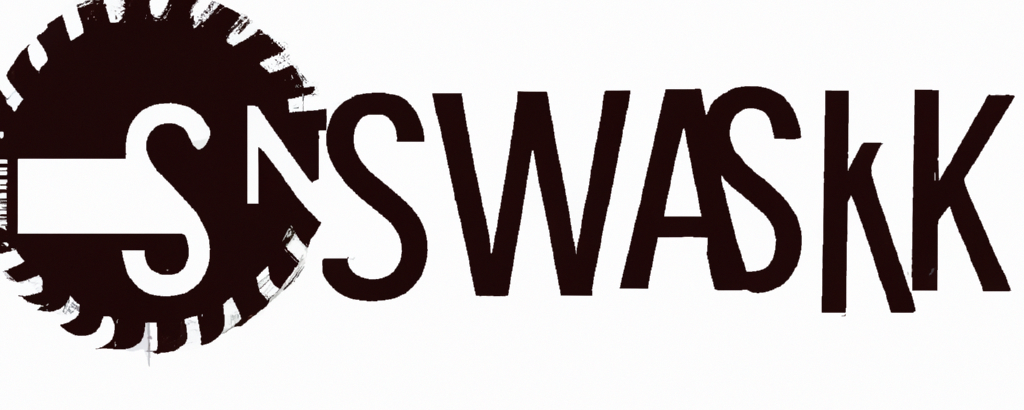Does Blade Size Matter In A Table Saw? Top 3 Reasons

Picture this: you’re about to make the perfect cut, only to realize halfway through that your blade is not deep enough. Or perhaps, despite having a powerful table saw, your cuts aren’t as smooth as expected. Could the culprit be your blade size?
Diving deeper into table saw mechanics, this post underscores the importance of blade size. Let’s explore how it impacts your woodworking tasks and the factors you should consider when making a selection.
Does Blade Size Matter in a Table Saw? Top 3 Factors
Yes, blade size does matter in a table saw. It is important to choose the right blade size for your table saw and the type of woodworking projects you plan on doing. Here are some of the factors to consider when choosing a table saw blade size:
1. Cut Depth:
Your blade’s diameter predominantly determines its cut depth. A standard 10-inch blade can seamlessly cut up to 3-1/2 inches deep. On the other hand, a 12-inch blade provides an extended reach, penetrating up to 4-1/2 inches deep.
2. Blade Type:
From the rip blades, optimized for cutting wood along its grain, to crosscut blades, tailor-made for slicing wood across the grain, the type of blade you opt for plays into the cut depth. It’s vital to pair the right blade type with its intended purpose to harness the best results.
3. Motor Power:
The heart of your table saw – the motor – dictates the blade sizes it can accommodate. A table saw with a robust motor can manage larger blades, ensuring optimal performance. In contrast, smaller, less powerful table saws might struggle with larger blades.
How Blade Size Can Affect Your Woodworking Projects:
1. Cut Quality:
Bigger isn’t always better, but when it comes to blade size, it often is. With a larger blade, expect smoother cuts, fewer instances of chipping, and reduced tear-out, thanks to the increased number of teeth.
2. Versatility:
Wielding a larger blade can diversify your woodworking prowess. While a 10-inch blade might falter when ripping thicker plywood, a 12-inch blade can handle it with ease.
3. Portability:
If you’re always on the move, a smaller table saw might be your go-to due to its easy portability. While larger blades offer versatility in cuts, they might be a burden if frequent transportation is needed.
Conclusion
Blade size in a table saw is not just a matter of numbers; it’s about achieving the precision, versatility, and quality that every woodworking enthusiast or professional seeks.
Before you embark on your next woodworking masterpiece, ensure you’ve paired your table saw with the ideal blade size. Dive into your project requirements, evaluate your table saw’s capabilities, and make a choice that elevates your woodworking game. Remember, the right blade can make all the difference!
FAQS:
Can you use a 7.25 blade on a 10 table saw?
Yes, a 7.25-inch blade can fit on a 10-inch table saw. However, it’ll reduce the maximum cutting depth and may not yield the desired results for all projects.
Can I use an 8 inch blade on a 10 inch table saw?
Yes, you can use an 8-inch blade on a 10-inch table saw. It’ll provide a reduced cut depth compared to a 10-inch blade but is compatible.
What size blade is best for a table saw?
The best blade size depends on the task. Generally, a 10-inch blade is versatile for various projects, offering a balance of cut depth and precision.
Can I use a 12 inch blade on a 10 inch table saw?
No, using a 12-inch blade on a 10-inch table saw isn’t safe or recommended. It may cause interference and safety issues.
How deep will a 12-inch table saw cut?
A 12-inch table saw blade can typically cut between 4 to 4.5 inches deep, depending on the design and teeth configuration.
